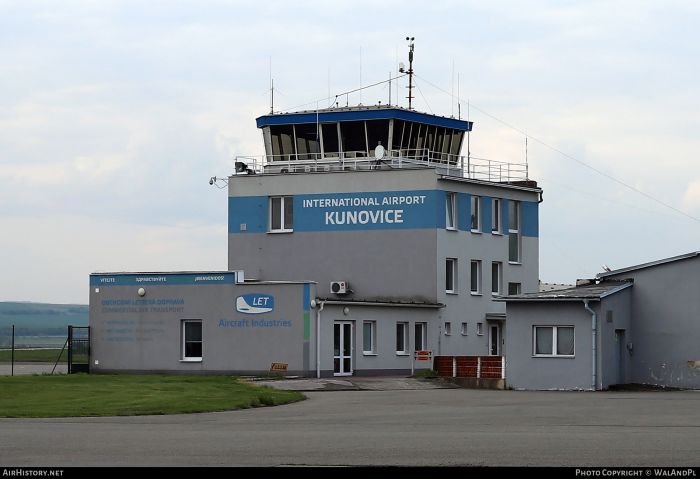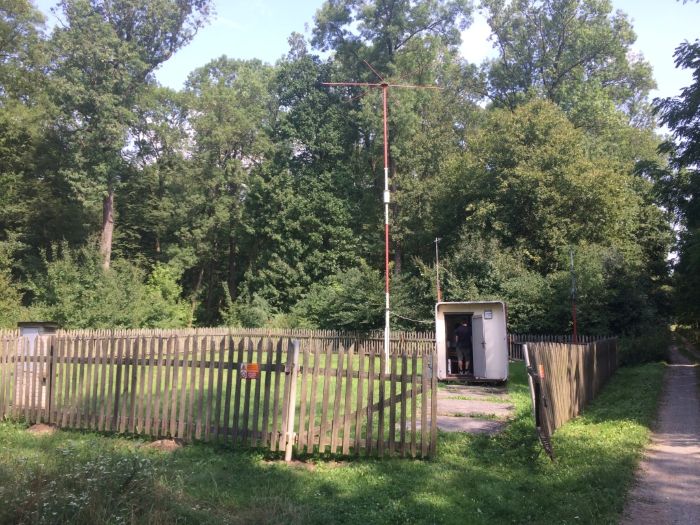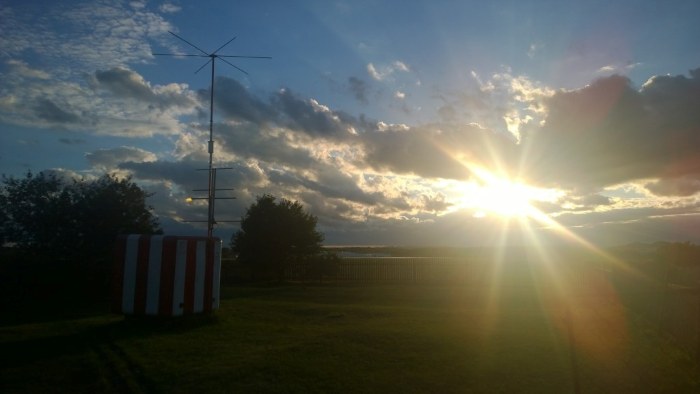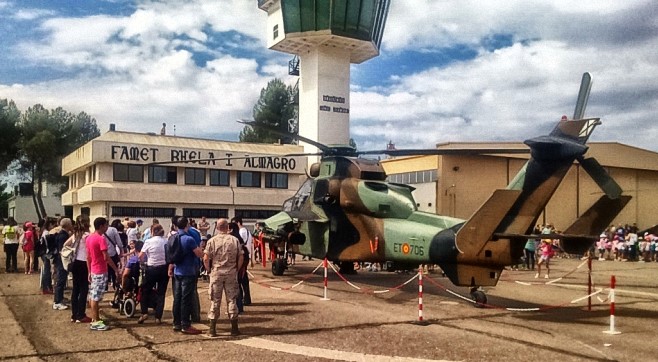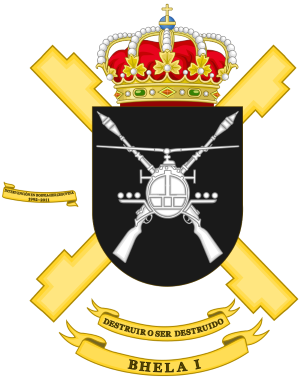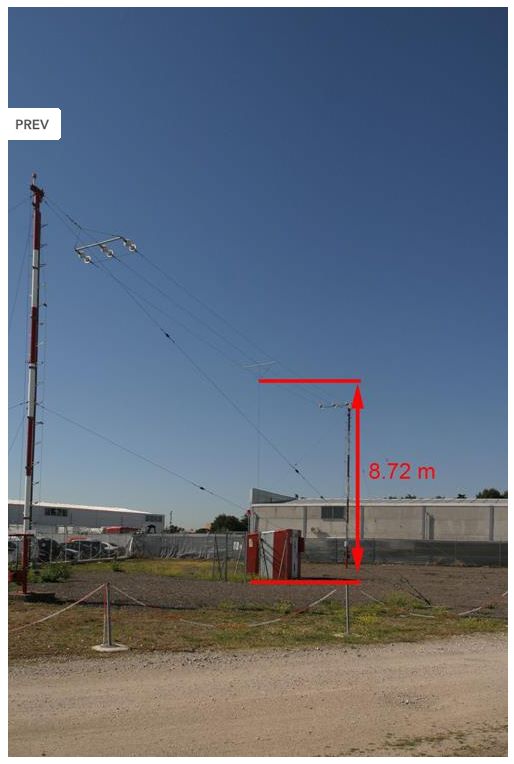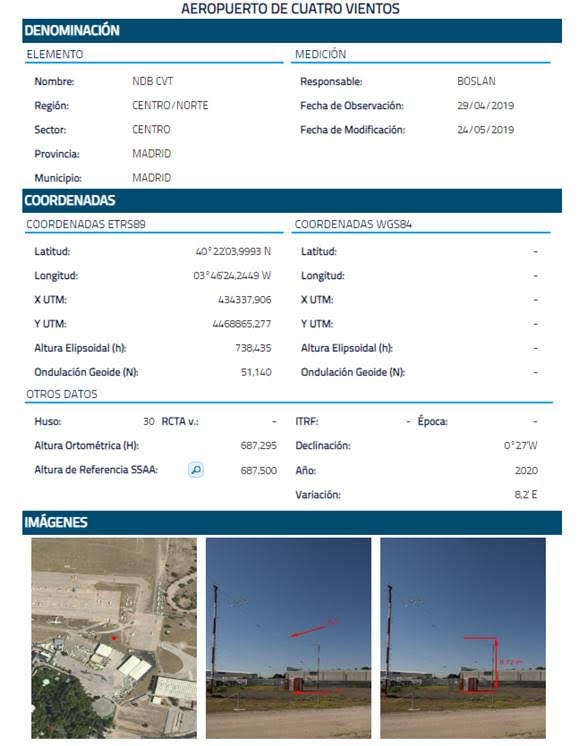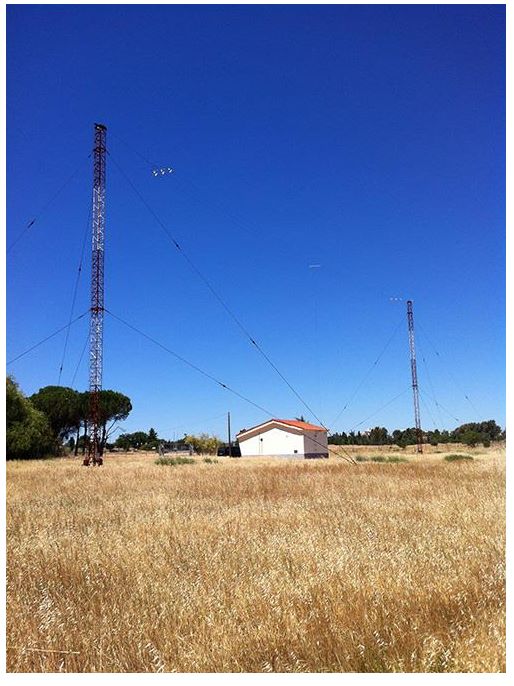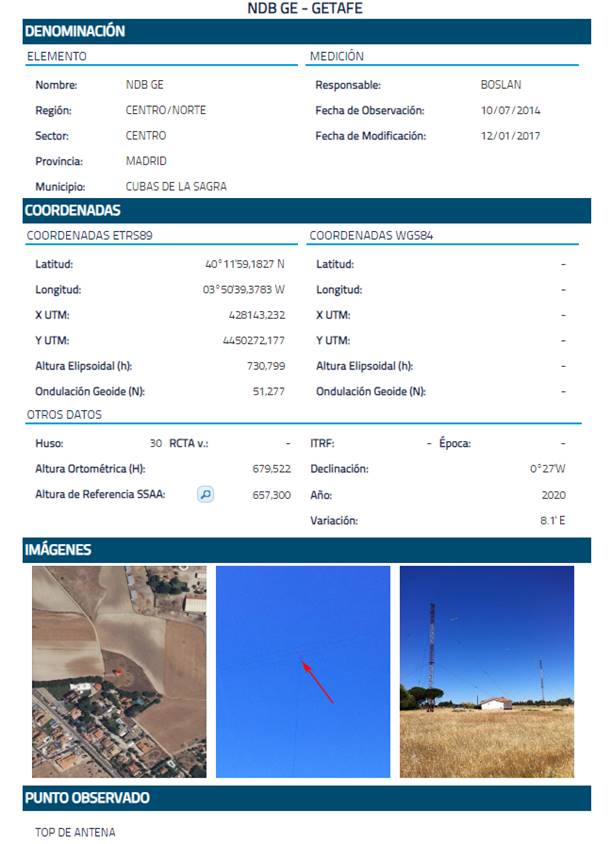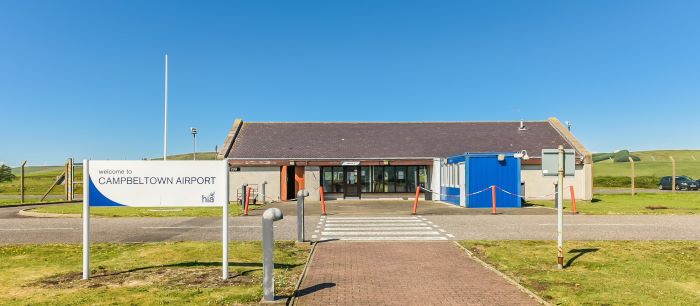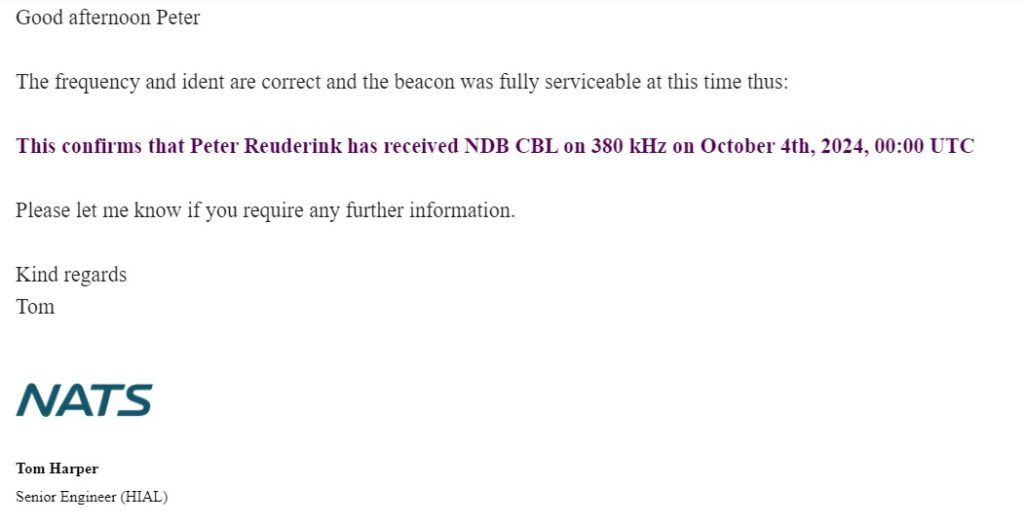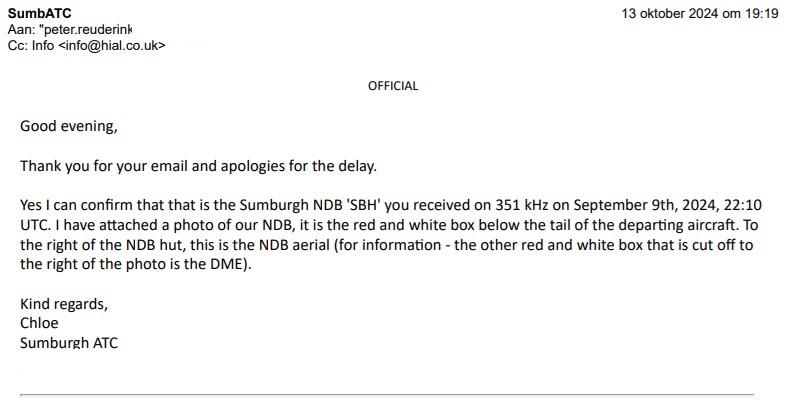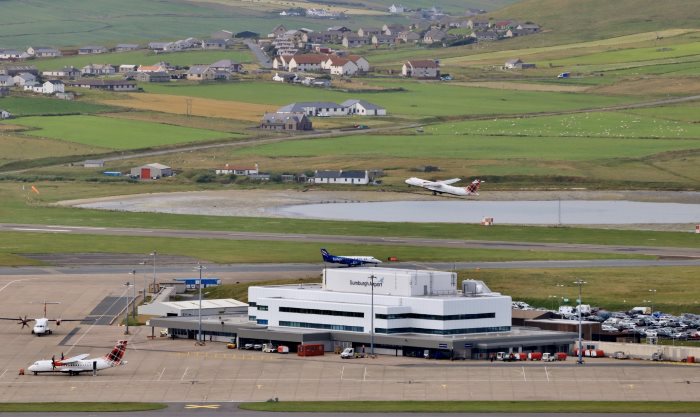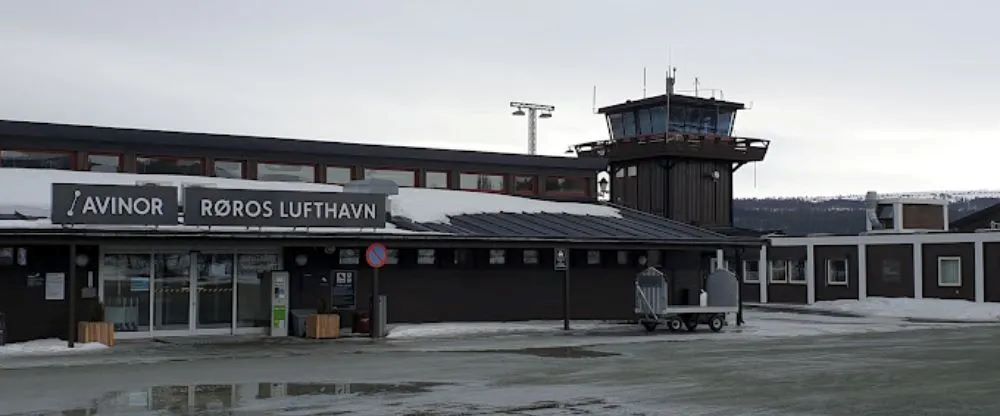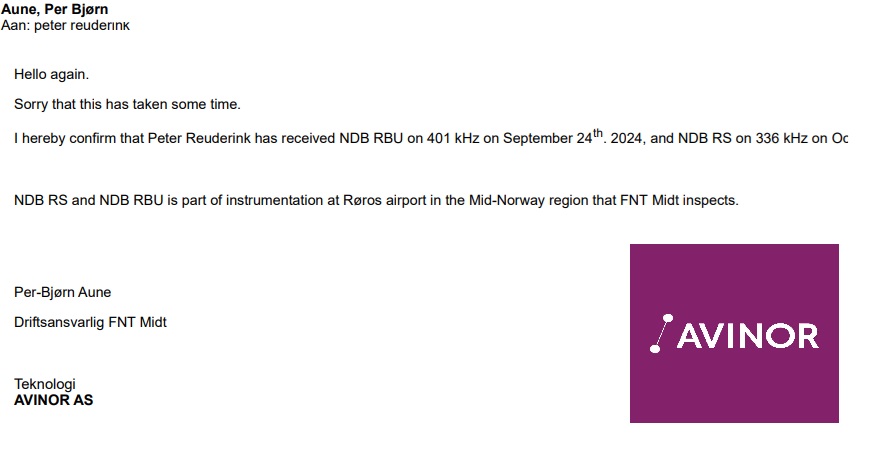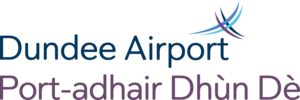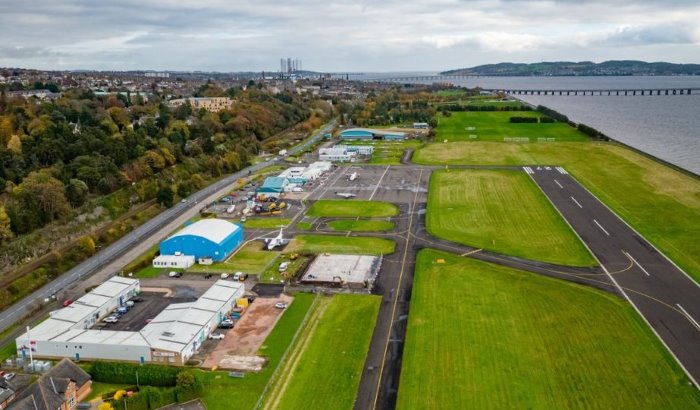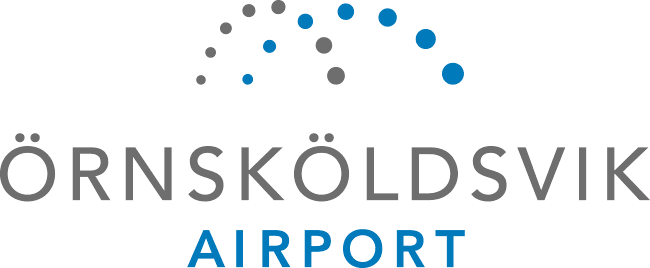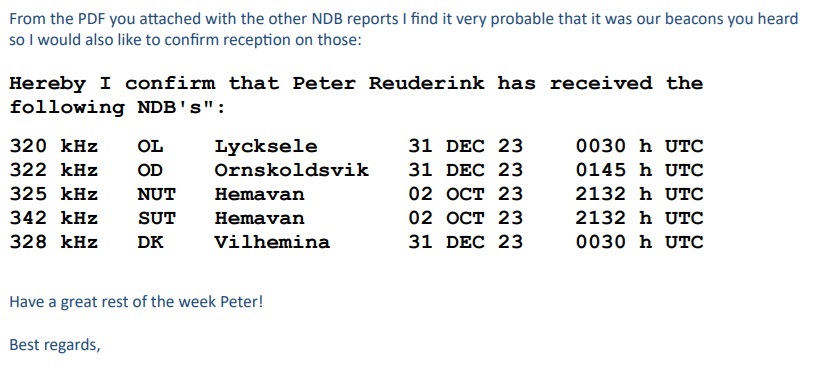I am a fan of NDB listening. Not only because you get nice QSL replies, but also because the NDB List group organizes a “Coordinated Listening Event” every month. It is fun and you can compare your own reception results with those of other enthusiasts.
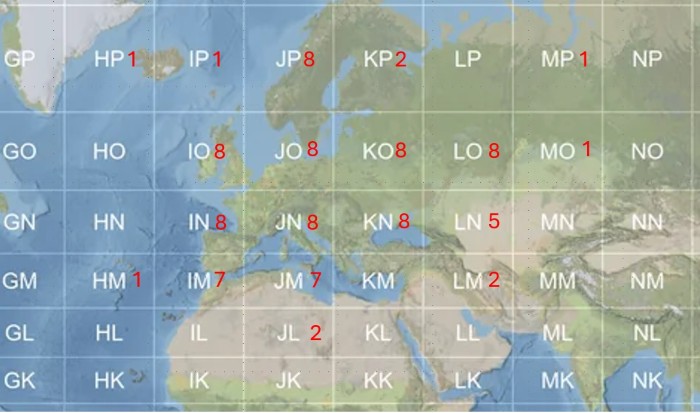
On the 309th listening evenent running from October 25th-27th the aim was to log up to 8 beacons from each Maidenhead square. Maidenhead is the locator system used by radio amateurs.
Conditions to the north and north west were not good. But that was more than compensated for by good conditions to Russia on the first night. In total I logged beacons from 19 Maidenhead squares and I was able to reach the max 8 for 8 of them. You can see the results below.
CLE 309 results: date/time/frequency/call/distance/ITU/location
| HM 26.10.2024 0300 380.0 FIL 2993 AZR Horta / Faial Island HP 25.10.2024 2030 392.0 KF 2065 ISL Keflavik IM 25.10.2024 2345 432.0 HMB 1920 ALG Hammam Bou Hadjar for Oran 25.10.2024 2015 382.0 LAR 1812 POR Arruda 26.10.2024 1900 415.0 ON 1868 ALG Oran / Es Senia 26.10.2024 1945 356.0 SGO 1435 ESP Sagunto 27.10.2024 0200 292.0 MIA 1968 MEL Melilla 27.10.2024 2315 407.0 BCR 2343 ALG Bechar 27.10.2024 2045 425.0 EVR 1805 POR Evora IN 25.10.2024 1930 410.0 C 1389 ESP La Coruna 25.10.2024 1930 401.0 COA 1381 ESP La Coruna 25.10.2024 1930 389.0 ZRZ 1242 ESP Zaragoza 25.10.2024 1730 359.0 LOR 766 FRA Lorient / Lann Bihoue 25.10.2024 1745 351.0 OSA 811 FRA Ouessant 26.10.2024 1845 417.0 CVT 1465 ESP Madrid / Cuatro Vientos 27.10.2024 2015 383.0 ALD 562 GSY Alderney 27.10.2024 2015 329.0 JW 595 JSY Jersey IO 26.10.2024 0215 347.0 NQY 709 ENG Newquay 25.10.2024 2345 361.0 CFN 933 IRL Donegal / Carrickfin 25.10.2024 1800 328.5 EGT 857 NIR Londonderry / Eglinton 25.10.2024 2245 401.0 BBA 985 SCT Benbecula 25.10.2024 2345 344.0 WCK 864 SCT Wick 25.10.2024 2345 351.0 SBH 947 SHE Sumburgh Head 25.10.2024 1715 388.5 CDF 573 WLS Cardiff 26.10.2024 2215 395.0 KW 906 ORK Kirkwall / Orkney Isl. IP 25.10.2024 1930 337.0 MY 1340 FRO Myggenaes JL 27.10.2024 0230 450.0 AOO 2907 LBY El Sharara ? (ROO) 27.10.2024 2015 470.0 WF 2618 LBY Wafa JM 26.10.2024 1830 423.0 BJA 1715 ALG Bejaia / Soummam 26.10.2024 2345 510.0 BL 1741 ALG Blida 26.10.2024 1845 424.0 GRS 1914 ALG Ghriss 27.10.2024 0130 394.0 IZA 1493 BAL Ibiza 27.10.2024 0215 384.0 ADX 1408 BAL Andraitx for Palma de Mallorca 27.10.2024 0100 412.0 SIG 1816 SCY Sigonella (CT) 27.10.2024 1915 316.0 CAL 1468 SAR Cagliari / Elmas JN 25.10.2024 1800 340.0 BLK 1197 BIH Banja Luka 25.10.2024 2015 715.0 C 778 CZE Caslav 25.10.2024 1930 436.0 SME 1078 HNG Sarmellek / Balaton 25.10.2024 2245 412.0 HUM 1320 HRV Humac 25.10.2024 2215 420.0 GO 1535 MNE Podgorica 25.10.2024 1815 463.0 CL 1034 SVN Cerklje 26.10.2024 1730 375.0 GLA 642 SUI Gland for Geneva / Cointrain 27.10.2024 2030 375.0 CV 1101 COR Calvi / Ste Catherine JO 25.10.2024 1715 360.5 MAK 159 BEL Mackel for Brussels Ntl 25.10.2024 1715 352.5 DD 172 BEL Oostende 25.10.2024 1715 355.0 ONW 105 BEL Antwerpen / Deurne 25.10.2024 1715 352.0 LAA 107 DEU Niederrhein 25.10.2024 1800 357.0 KD 474 DNK Kolding / Vamdrup 25.10.2024 1845 373.0 NW 139 HOL Maastricht / Beek 26.10.2024 1915 375.0 EKO 507 XOE Ekofisk L 26.10.2024 1745 380.0 ULA 571 XOE Ula / BP Platform JP 25.10.2024 2330 345.0 STM 1652 NOR Strommen / Mo I Rana 25.10.2024 2330 348.0 SAD 1840 NOR Leknes / Sandsund 26.10.2024 2200 368.0 OY 1243 SWE Sveg 27.10.2024 0100 414.0 STA 1036 XOE Stafjord A Platform 27.10.2024 0100 414.0 STC 1030 XOE Statfjord C 27.10.2024 0100 615.0 STB 1027 XOE Statfjord B Platform 27.10.2024 2330 328.0 DK 1547 SWE Vilhemina 27.10.2024 2245 364.0 VNA 1566 SWE Vanja KN 25.10.2024 2230 399.0 KMN 1999 BUL Burgas / Kamenar 25.10.2024 2345 297.0 PEP 1733 MKD Prilep 25.10.2024 1830 521.0 BSW 1767 ROU Bucuresti / Baneasa 25.10.2024 2100 349.0 OPE 1778 ROU Bucuresti / Otopeni 25.10.2024 2100 470.0 QL 2482 RUS Taganrog 25.10.2024 1800 405.0 JST 1574 SRB Nis / Justic 25.10.2024 1900 425.0 KE 1220 SVK Kosice 25.10.2024 2030 580.0 KC 2252 UKR Kacha KO 25.10.2024 2015 920.0 G 1295 BLR Grodno / Obukhovo 25.10.2024 2015 840.0 KR 1090 KAL Kaliningrad / Khrabovo 25.10.2024 1800 407.0 PN 1143 LTU Palanga 25.10.2024 1800 437.0 NP 1048 POL Tomaszow-Mazowiecki / Porter 25.10.2024 2100 770.0 B 2151 RUS Moscow / Sheremetyevo 25.10.2024 2015 1215.0 WT 2174 RUS Kartino 25.10.2024 2015 732.0 AO 2209 RUS Aksinyino 25.10.2024 2345 478.0 MF 2286 RUS Larionovo KP 26.10.2024 2115 329.0 WU 1578 SWE Umea 27.10.2024 2300 377.0 OL 1782 SWE Lulea / Kallax LM 27.10.2024 0345 355.0 ARB 3670 IRN Ardabil LN 25.10.2024 2130 486.0 KL 2538 RUS Krasnyy Sulin 25.10.2024 2015 876.0 WG 2783 RUS Volgograd / Gumrak 25.10.2024 2030 618.0 NK 2939 RUS Akhtubinsk 26.10.2024 0230 618.0 TB 2939 RUS Akhtubinsk 25.10.2024 2030 777.0 ST 2723 RUS Sirotinskaya LO 25.10.2024 2200 705.0 PX 3250 RUS Perm / Bolshoye Savino 25.10.2024 2230 995.0 DW 2922 RUS Nikolskoye 25.10.2024 2345 672.0 M 3131 RUS Bugulma 25.10.2024 2015 905.0 UD 2623 RUS Buturlino 25.10.2024 2015 932.0 KR 2783 RUS Krasnoarmeysk 25.10.2024 2015 965.0 BL 2890 RUS Kazan 25.10.2024 2015 960.0 RP 2505 RUS Sosnovkoye 26.10.2024 2015 963.0 KCh 3374 RUS Orenburg-2 MO 25.10.2024 2330 1130.0 YS 4425 RSE Kalachinsk MP 25.10.2024 2030 752.0 BB 3616 RSE Beryozovo |
